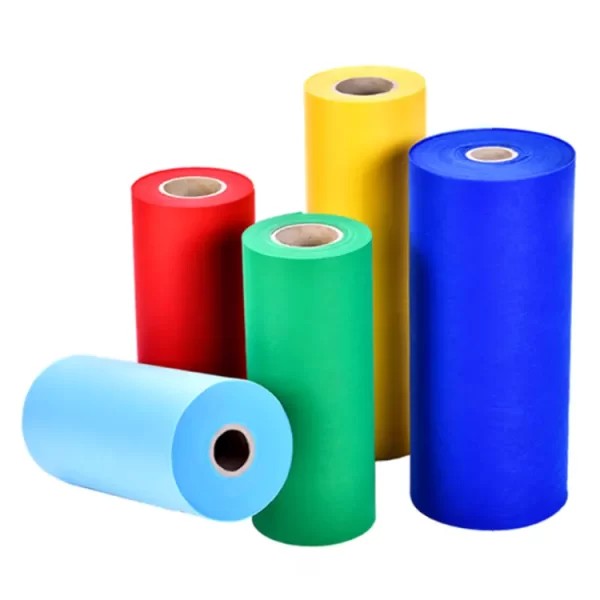What Are The 3 Main Types of Nonwoven Fabric?
Nonwoven fabrics, despite their ubiquity and indispensability in our lives, often escape our notice. From critical applications in the medical field to the indispensable role they play in construction and daily hygiene, nonwoven fabrics are the unsung champions of our modern society. This article aims to illuminate the world of these incredible materials by delving deep into the three main types of nonwoven fabrics – spunbond, meltblown, and spunlace.
Nonwoven Fabrics: Unraveling the Basics
A preliminary understanding of what nonwoven fabrics are sets a strong foundation for our exploration. Unlike traditional fabrics, which are made by weaving or knitting yarns together, nonwoven fabrics are directly made from fibers. These fibers are bonded through mechanical, thermal, or chemical processes to form a cohesive and versatile fabric structure.
As we venture into the heart of nonwoven fabrics, we’ll uncover the unique features and applications of the three primary types of nonwoven fabrics: spunbond, meltblown, and spunlace.
Spunbond Nonwoven Fabrics: The Pillar of Strength
The journey begins with the spunbond process, one of the most used methods in nonwoven production. The process begins with polymer granules, which are heated and extruded as molten polymer filaments. These filaments are cooled rapidly and laid on a conveyor belt in a random manner to form a web. This web is then bonded, creating a strong, fabric-like material.
What sets spunbond nonwovens apart is their superior tensile strength, elongation, and dimensional stability. They are breathable and exhibit excellent liquid repellency, features that make them ideal for a wide array of applications. For instance, their robust nature and ability to act as a barrier against liquids make them perfect for use in medical gowns and drapes. Their high tensile strength, coupled with UV resistance, also makes them suitable for use as geotextiles and agricultural covers.
Meltblown Nonwoven Fabrics: The Shield We Rely On
Next on the list is the meltblown process, which, despite its similarities with spunbond, carves a unique niche for itself. The meltblown process involves melting the polymer and extruding it through spinnerets, much like spunbond. However, the process incorporates high-velocity hot air to attenuate the filaments, reducing their diameter to create extremely fine fibers. These fibers are collected in a random manner on a conveyor to form a web, which exhibits high coverage due to the fine nature of the fibers.
Meltblown nonwoven fabrics are highly valued for their excellent barrier and filtration properties. These features have thrust meltblown fabrics into the limelight, particularly as the crucial filter layer in face masks. Aside from personal protective equipment, meltblown fabrics are also employed in applications requiring filtration, oil absorption, and insulation.
Spunlace Nonwoven Fabrics: The Epitome of Comfort
Last but not least, we have spunlace nonwovens, also known as hydroentangled nonwovens. The spunlace process involves entangling fibers mechanically using high-pressure water jets to give the fabric its structure. This process results in a fabric that boasts a similar feel and drape to woven fabrics, sans the use of binders or thermal bonding.
Spunlace nonwoven fabrics are celebrated for their softness, porosity, and high absorbency. Their skin-friendly nature and comfort make them perfect for applications like wipes, hygiene products, and medical apparel.
Conclusion
By exploring the primary types of nonwoven fabrics—spunbond, meltblown, and spunlace—we gain an appreciation for the complex world of nonwoven fabrics and their vast utility. However, it’s crucial to remember that the landscape of nonwovens is expansive and continues to evolve. Hybrid processes and innovative technologies are combining the benefits of these primary types and pushing the boundaries of what nonwoven fabrics can achieve.
Nonwoven fabrics, through their various forms, play a crucial role in our lives. They not only provide functional benefits but also contribute to our safety, hygiene, and comfort. By understanding these core types, we can better appreciate their wide-ranging applications and the value they add to numerous industries.
Please visit our website for more product details https://medposnonwoven.com/product-category/non-woven-fabrics/

